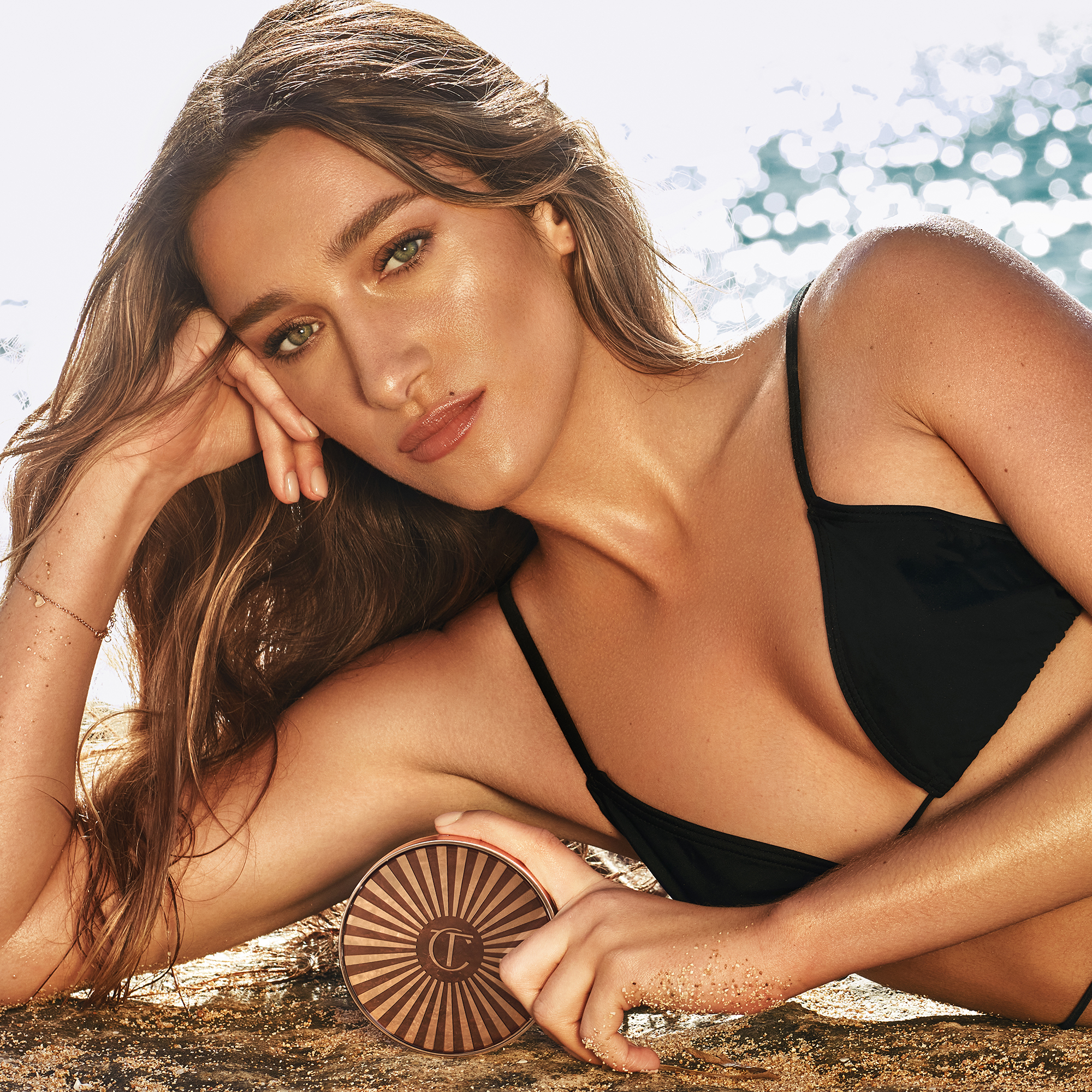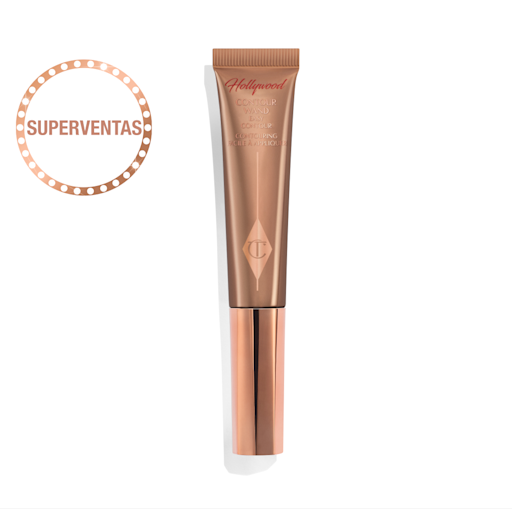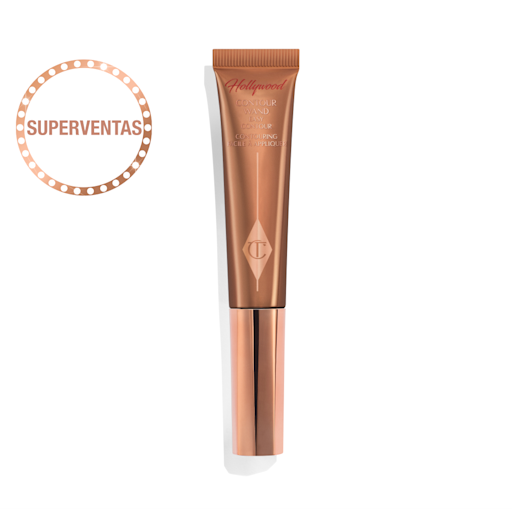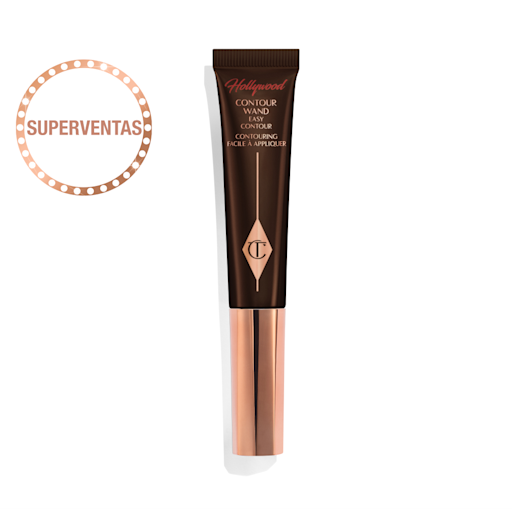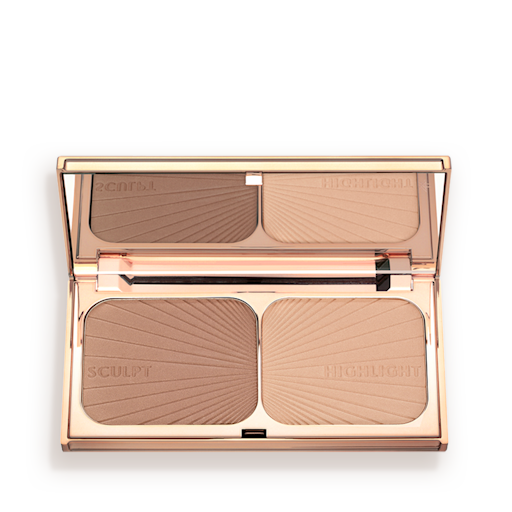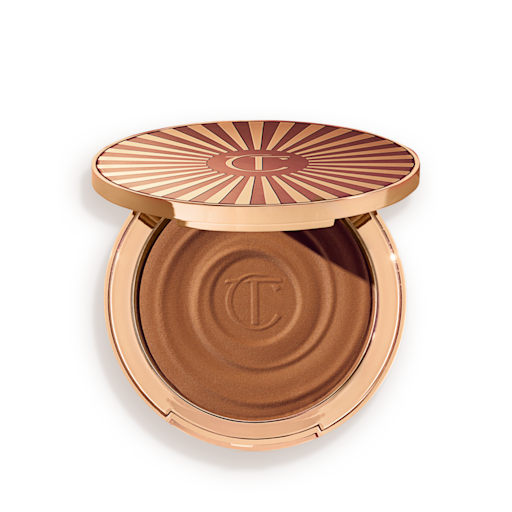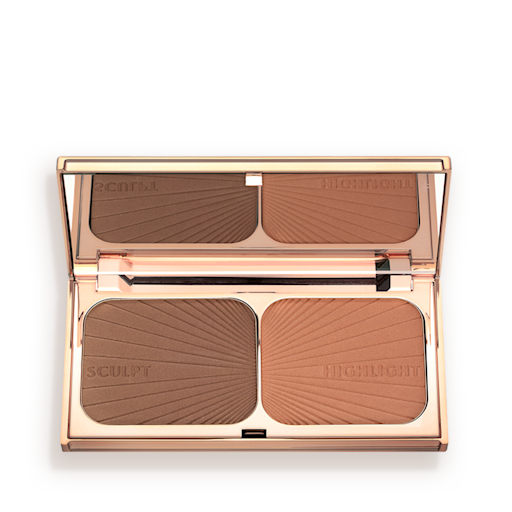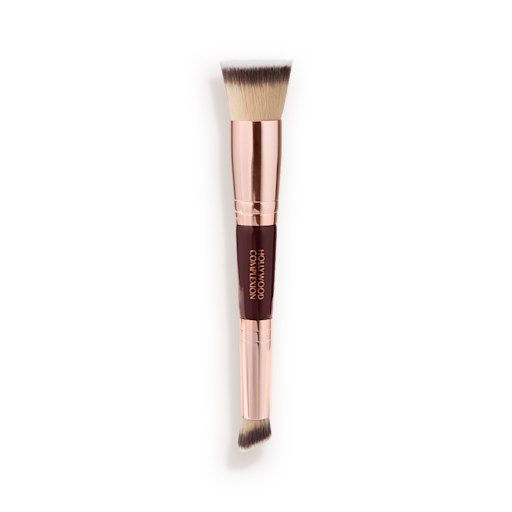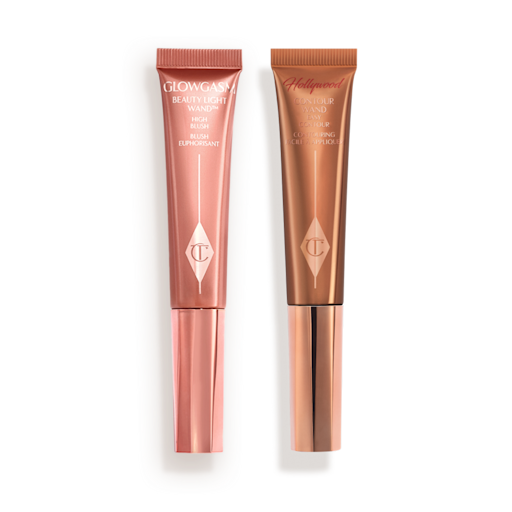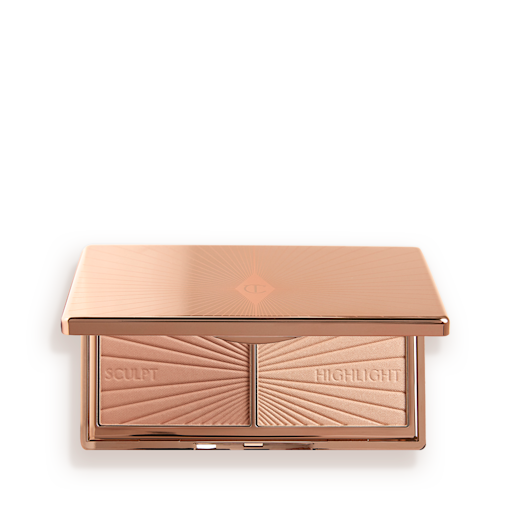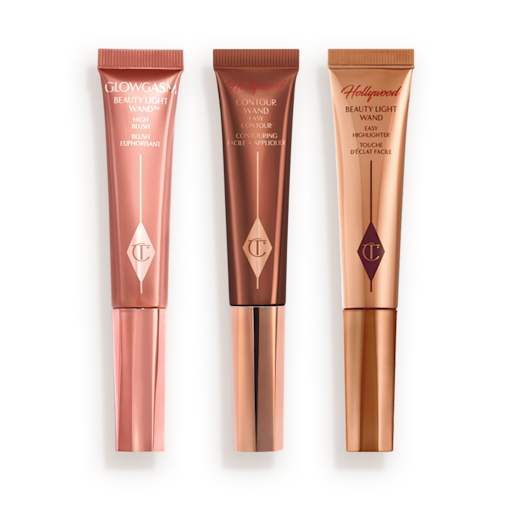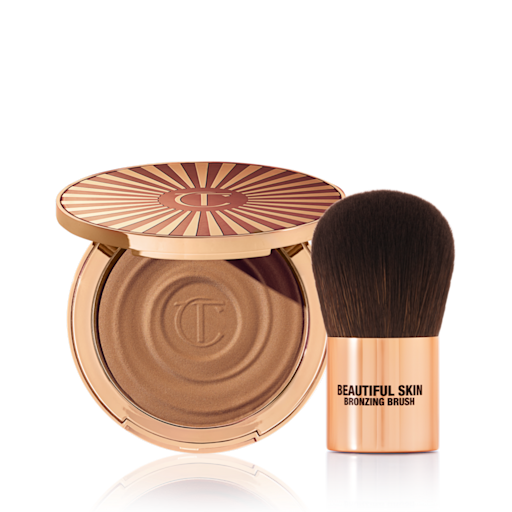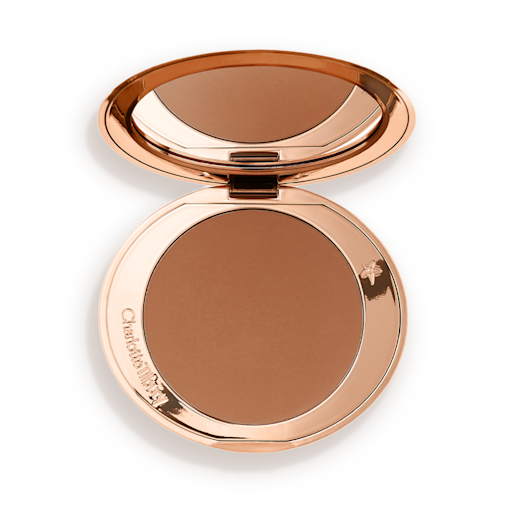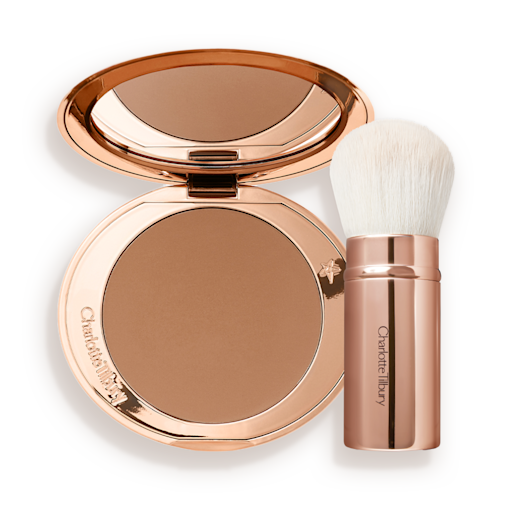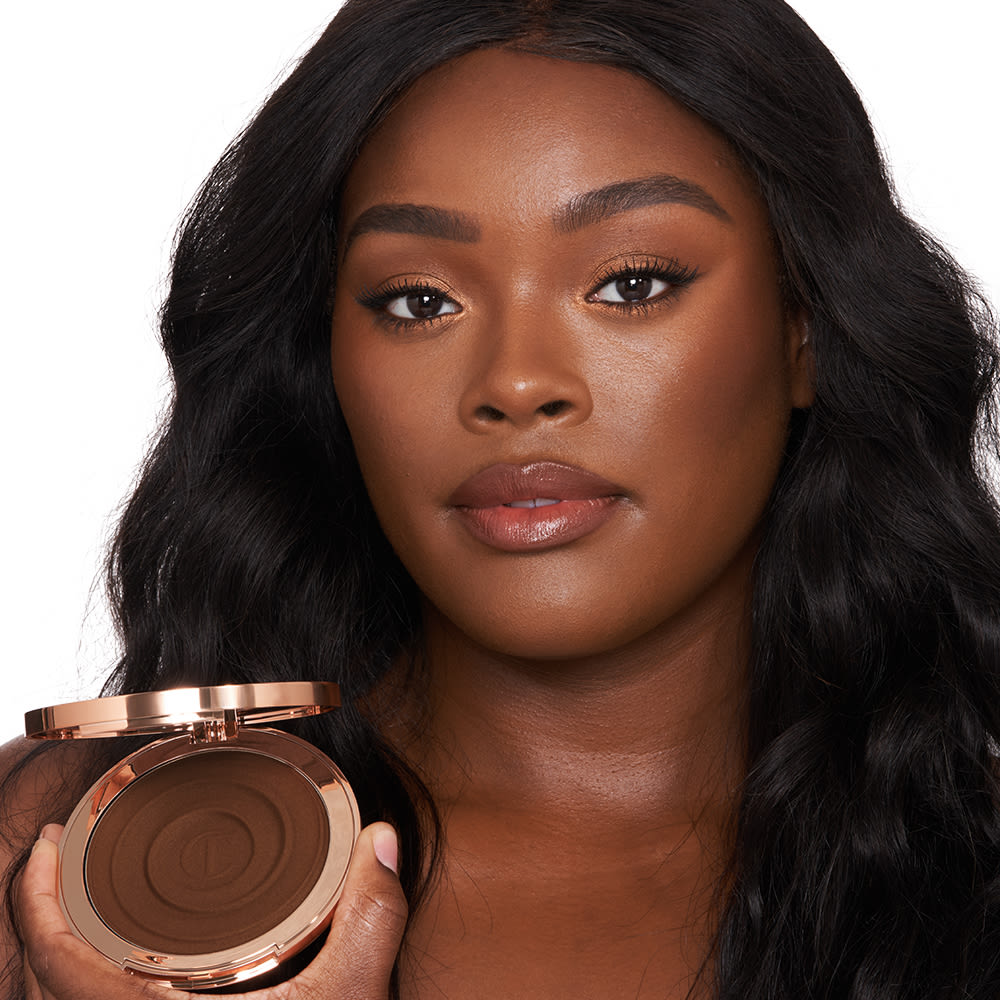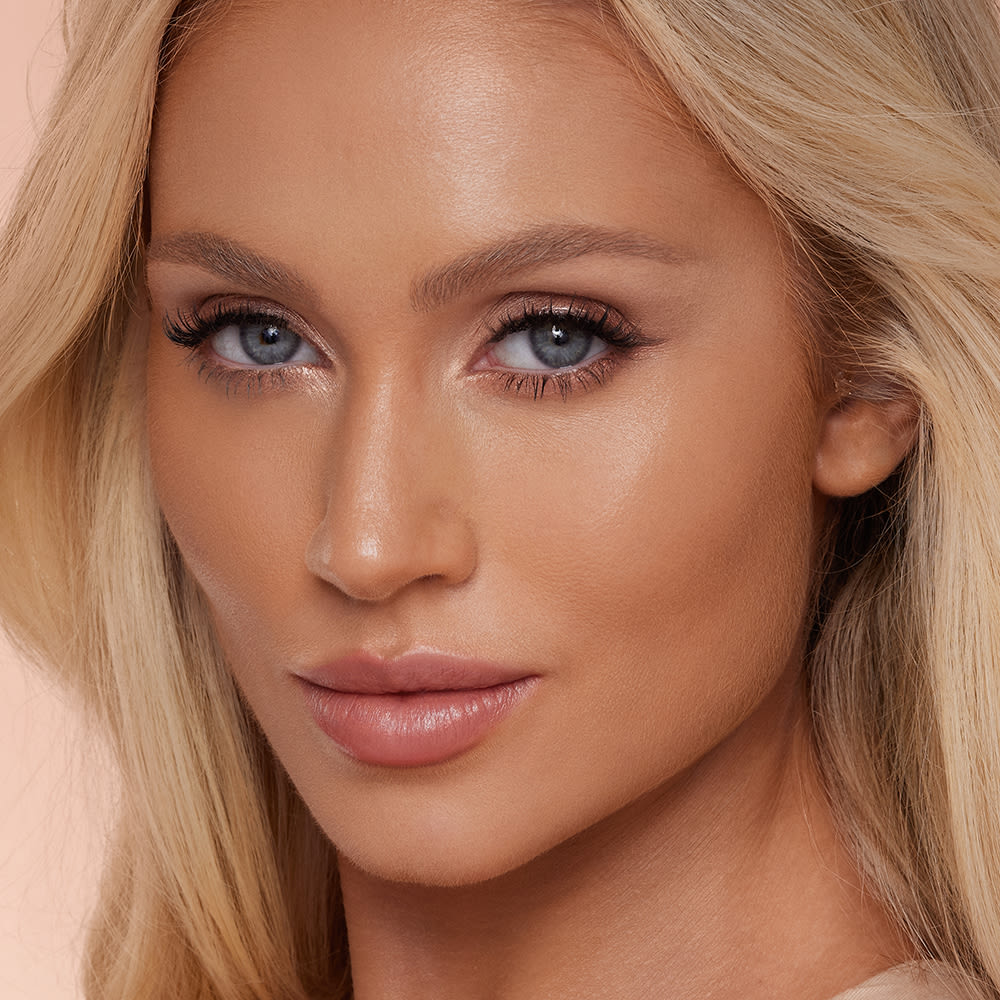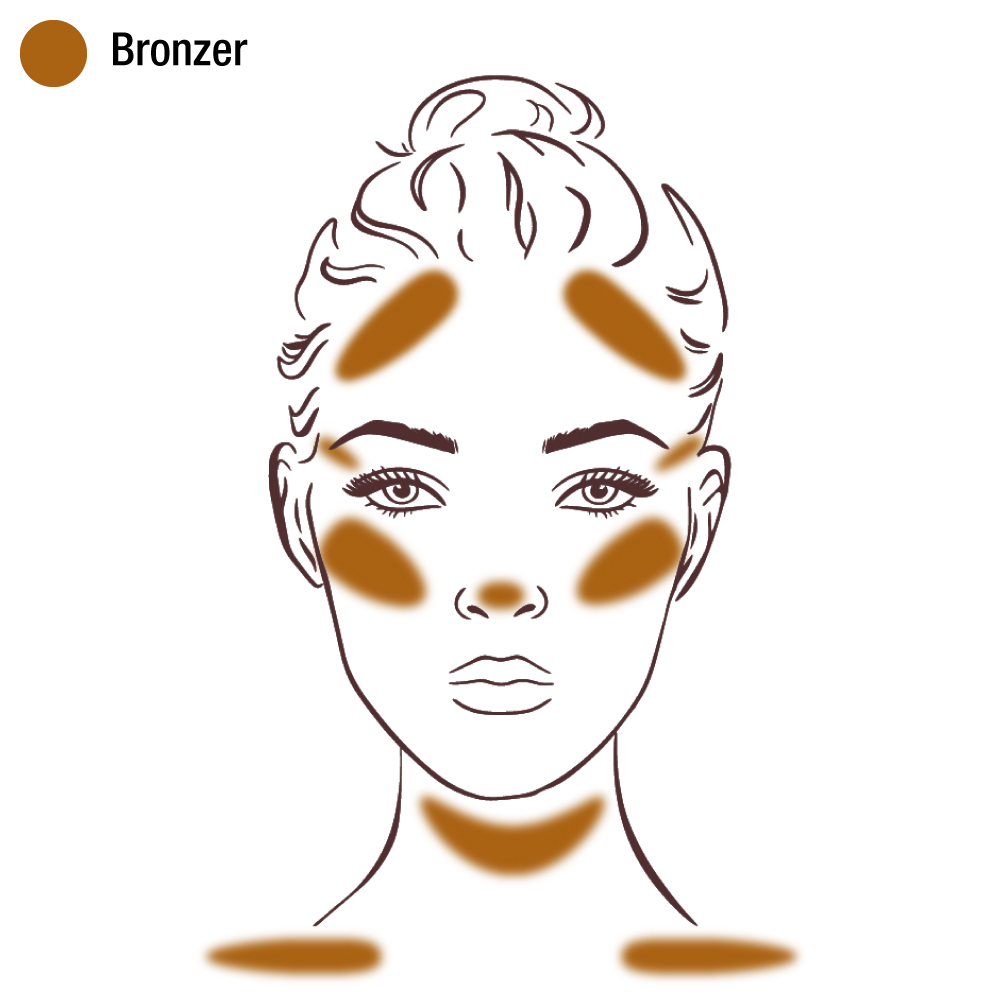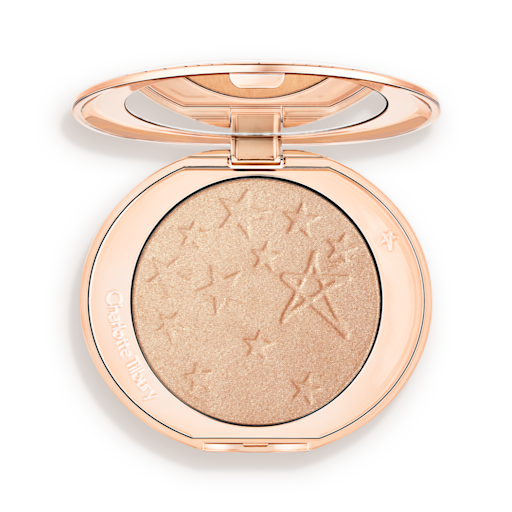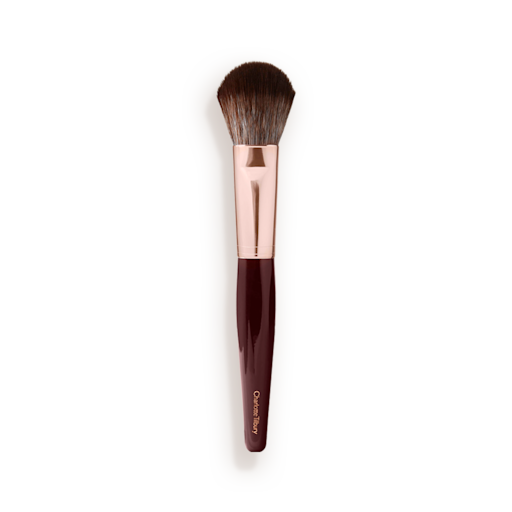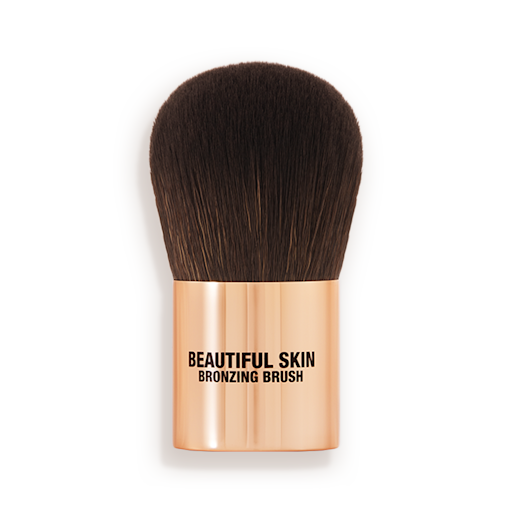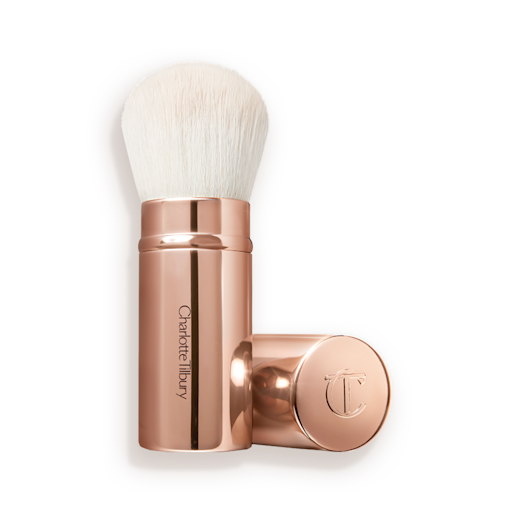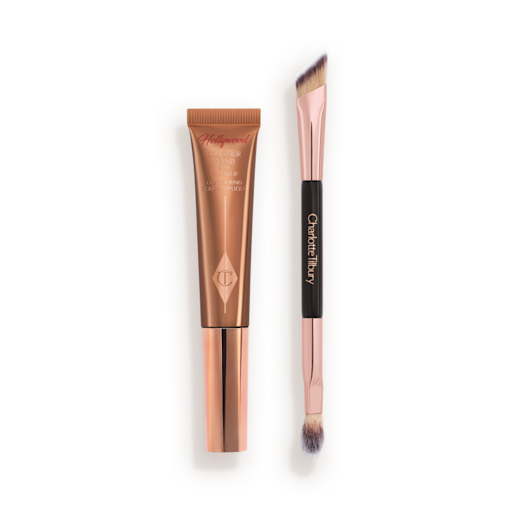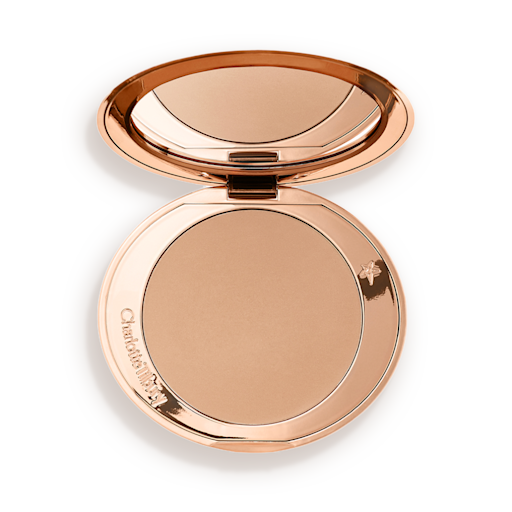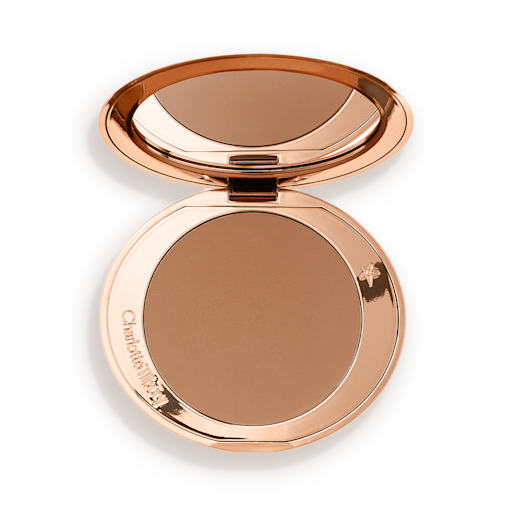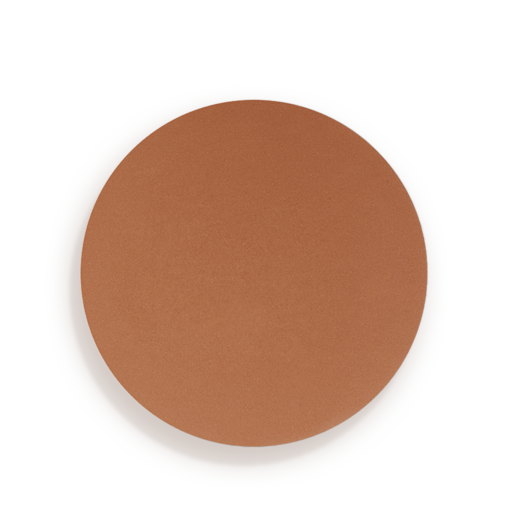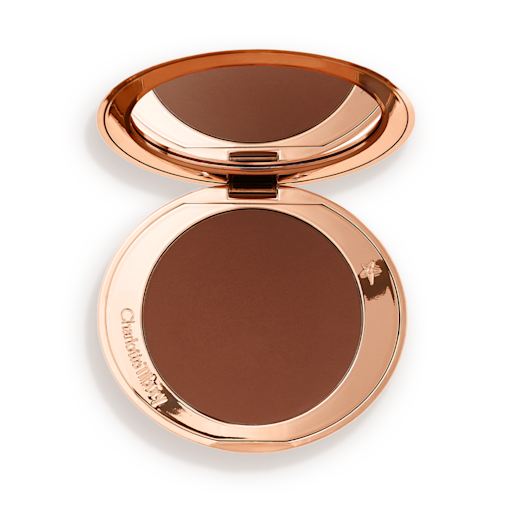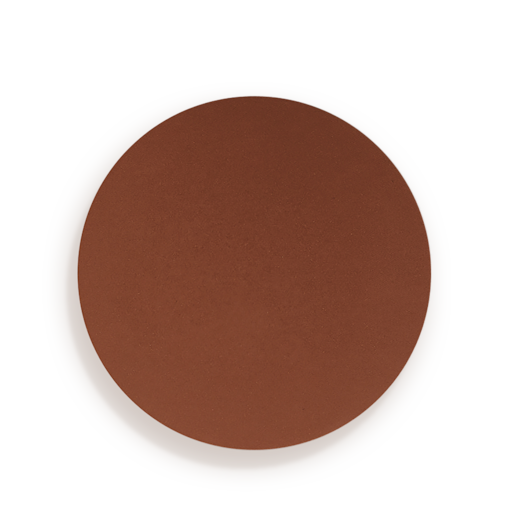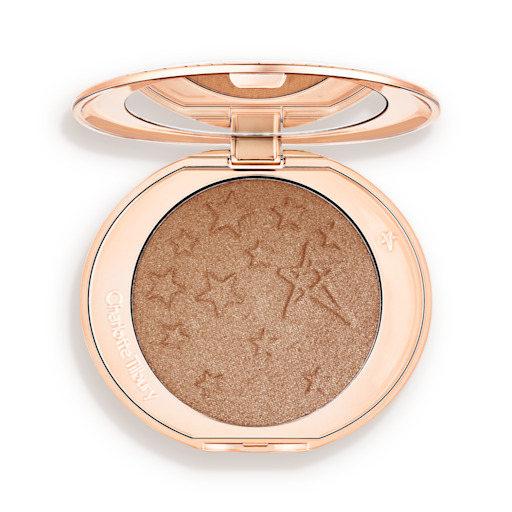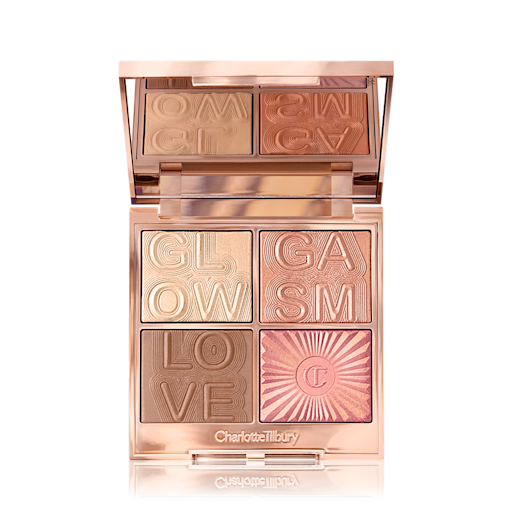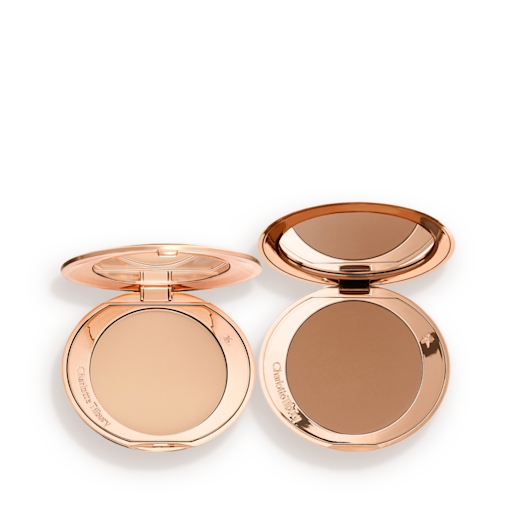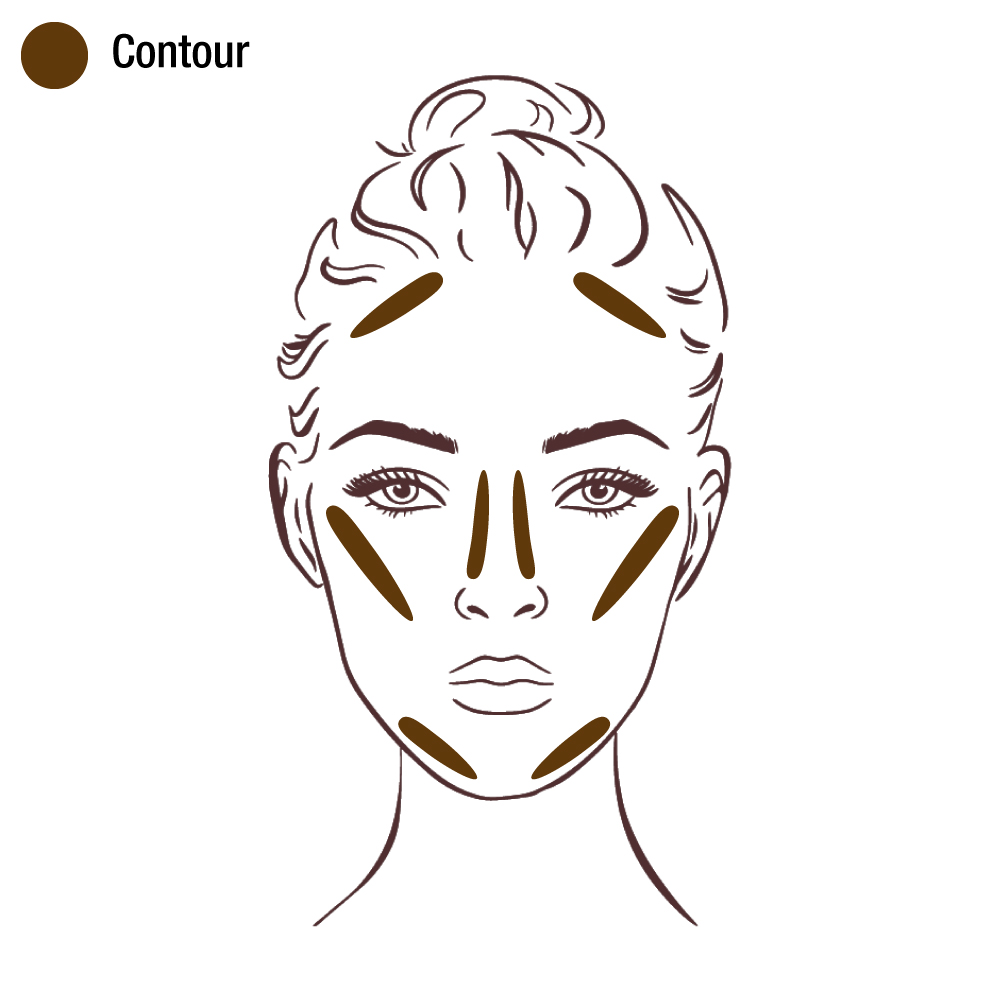What’s the Difference Between Bronzer vs Contour? More FAQs

Should I use bronzer or contour?
To decide whether your makeup look needs bronzer or contour, think about the type of look you are trying to create. If you want your makeup to look sun-kissed and radiant, applying bronzer is the best beauty secret for enlivening the look of your complexion and creating a healthy-looking, beach-bronzed finish. Alternatively, if you desire a more sculpted look that makes your facial features appear more chiselled, try experimenting with contouring to shape and sculpt the look of your face.
Can I use bronzer and contour?
Yes – bronzer and contour can be used together to create a bronzed and sculpted makeup look. Bronzer and contour can blend harmoniously as long as you are reaching for shades that complement one another. If you are reaching for products from the same colour family – for example, contouring with Hollywood Contour Wand in Deep and bronzing with AIRbrush Bronzer in Deep – bronzer and contour will work together to amplify your overall look.
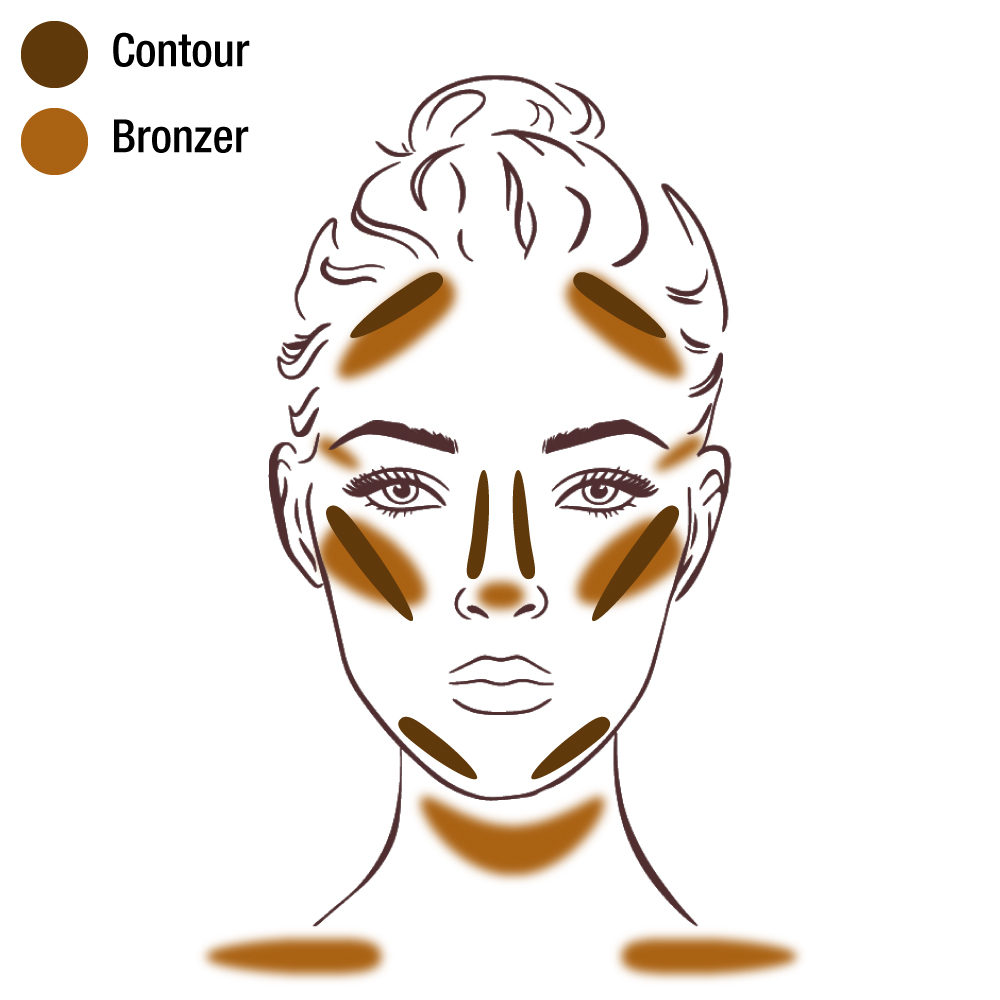
Do I apply bronzer before or after contour?
You should use contour before bronzer in your makeup routine. Think of your makeup look like a drawing, darlings. With contour, you are sketching and carving out the shapes that you want to create with makeup, and with bronzer you are adding warmth and colour. Use contour to sculpt the look of your face, then go in with bronzer to give your makeup a beautiful, bronzed finish.
Discover my correct order of makeup steps
Should bronzer be lighter or darker than contour?
Bronzer should be similar in tone to your contour, potentially swinging slightly lighter. The purpose of contour is to create the appearance of shadows on your face, so it’s best to use a shade that is 2 tones darker than your natural skin tone to create a convincing illusion. Bronzer on the other hand is intended to mimic the tan you get from a day in the sun, so it’s preferable to reach for a shade that resembles your natural suntan. The main difference between bronzer and contour shades lies in their undertone. Your bronzer and contour shades shouldn’t be drastically different; bronzer should have a warm undertone and contour should have a cool undertone. Think of them as sunshine and shade for your complexion!
Discover how to choose your bronzer shade
Can I use bronzer as contour?
Yes – you can contour with bronzer. Brontouring is a makeup technique where bronzer is used instead of contour. Some people gravitate towards bronzer because it gives makeup a warmer, softer look that’s closer to your natural skin tone. Bronzer is less effective at immaculately contouring and carving out the look of your face, however, it can create a similar, soft-sculpt effect that adds depth to your features without requiring the same precision as applying a true contour. Think of brontouring as an easy, breezy shortcut to contouring – it’s a makeup secret for anyone that wants just a touch of extra dimension for their makeup look.
